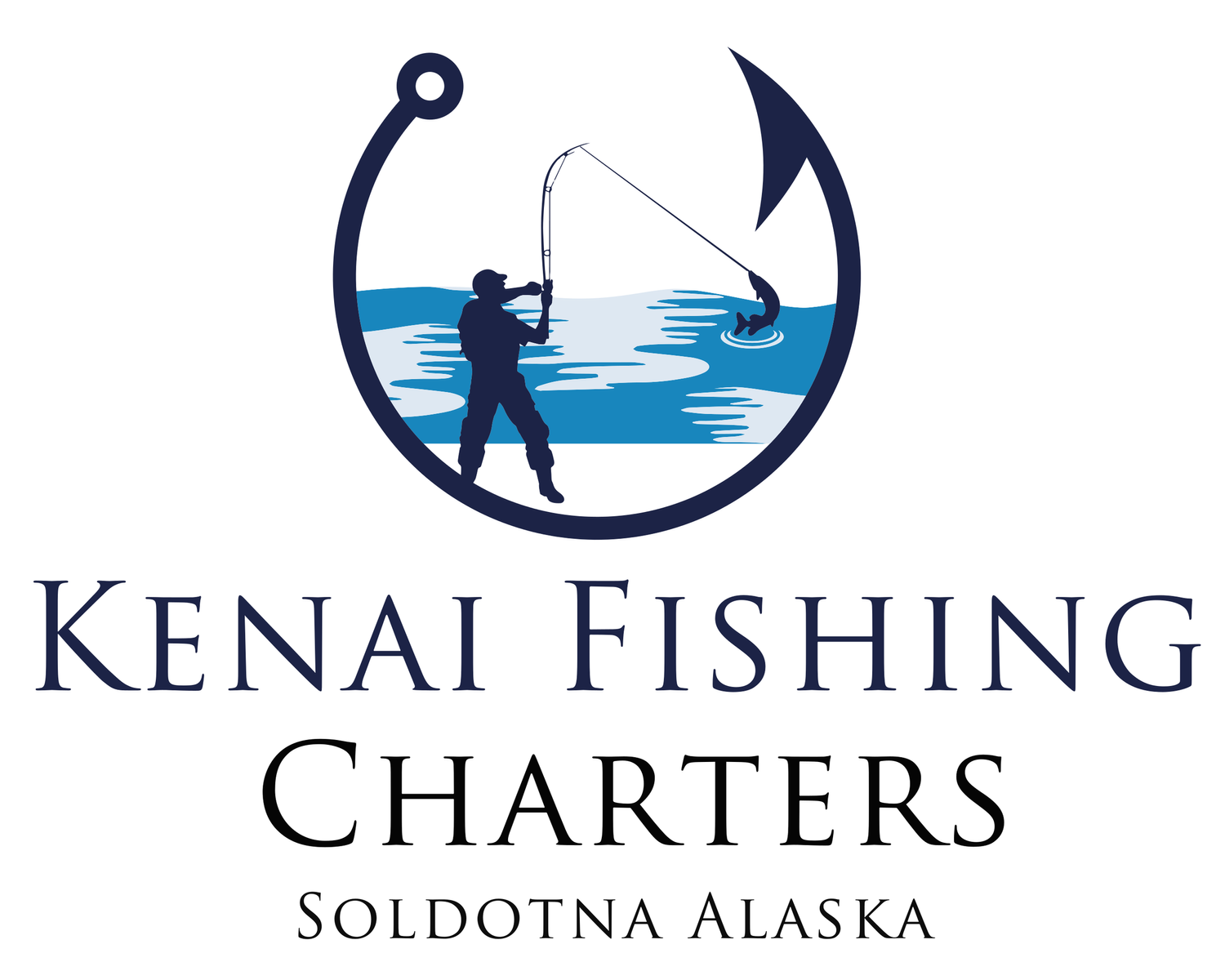Navigating the Waters- Your Guide to the Best Kenai Fishing Regulations
Nestled in the heart of Alaska, the Kenai Peninsula is a mecca for anglers seeking an unforgettable fishing experience. However, to ensure that your fishing adventures are not only successful but also environmentally responsible, it's crucial to be well-versed in the Kenai fishing regulations. In this comprehensive guide, we'll walk you through the best Kenai fishing regulations, helping you understand the rules and guidelines that make this region a haven for anglers while preserving its natural beauty.
Seasonal Regulations:
The Kenai Peninsula boasts a wide range of fish species, each with its own unique seasonal regulations. Understanding the precise dates and limitations for species like salmon, trout, and halibut is essential for planning your fishing trips. By adhering to these seasonal regulations, you'll help protect fish populations and ensure their sustainability.
Catch Limits:
To maintain healthy fish populations, the Kenai Peninsula enforces catch limits that vary by species and location. It's essential to know these limits, as they can change from year to year. By respecting catch limits, you'll contribute to the long-term well-being of the local fishery.
Special Regulations Zones:
The Kenai Peninsula features various special regulation zones, such as the Kenai River Special Management Area. These areas have specific rules to protect and manage the fishery. Understanding the regulations in these zones is crucial to ensure your fishing trips are enjoyable while minimizing negative impacts on the ecosystem.
Gear and Bait Restrictions:
Kenai fishing regulations also include rules about the types of gear and bait you can use. Some areas may have restrictions on the use of bait, hooks, and even the method of fishing. Adhering to these restrictions will help preserve the ecosystem and ensure a level playing field for all anglers.
Licensing and Permits:
Before casting your line in Kenai waters, make sure you have the appropriate fishing license or permit. These are required for both residents and non-residents, and fees vary depending on your status and the duration of your visit. Always have your license with you while fishing to avoid potential fines.
Report Your Catch:
Participating in catch reporting is a vital aspect of responsible fishing. The state of Alaska relies on this information to manage the fishery effectively. Familiarize yourself with the reporting requirements and ensure you accurately report your catch.
Learn and Respect Local Guidelines:
Local fishing guides and businesses often have specific guidelines and practices to follow. It's essential to respect these guidelines and seek local knowledge when planning your fishing trips. By doing so, you'll enhance your fishing experience and contribute to the region's sustainable fishing practices.
Fishing in the Kenai Peninsula is a privilege, and respecting the best Kenai fishing regulations is essential for preserving the natural beauty and the health of the fishery. By staying informed, adhering to catch limits, and respecting special regulations, you can enjoy the ultimate angling experience while ensuring that future generations can do the same. Whether you're a seasoned angler or a novice, Kenai's fishing regulations are your key to success in one of the world's most captivating fishing destinations.

